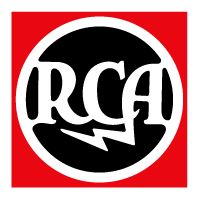Dave Arrich AD6AE
In 1957 after acting on a whim, I discovered the answer to, “I wonder what the inside of a light socket feels like.” It was love at first bite and has been my major focus since. I repaired my first radio at age ten and opened my radio & TV repair business – obviously on a very small scale – at age 13. I was like a sponge and sought out independent repairmen who would tolerate a kid watching over their shoulder, asking lots of questions and relieving them of their inventory of old black and white TV sets.Antennas and transmission line theory has been a passion of mine from the beginning of my amateur involvement in 1972 after my Elemer and coworker at Fort Meade, Md. suggested that I try it. From my first morse character to Extra only took a year. Becoming proficient at copying 20 wpm with a stick is all that held me back.
In the spring of 1974, I got my novice license – WN3YSQ. Late that fall, my Elmer and I went down to the FCC office in Washington DC, where we were greeted by “Mr. Personality” who barked out some instructions and an hour later, we happily strutted out with our Extra tickets. My call was now WA3YSQ. In 1980, I completely lost interest and put my station in storage for the next 40 years.
When I returned to the hobby three years ago, my current vertical antenna required winding a non-standard ratio Unun that used an unconventional winding method. I had no idea on earth what I was doing or even how it worked. But, I got the parts and wire, wound it and it worked very well. I needed to know why. Thus began my search thru the sparsely published art of transmission line transformer theory and design.
I’ve since amassed a lot of information and have been corresponding with two professional RF Engineers, G8JNJ and VK2OMD, who have greatly aided my understanding of RF transformers. In the upcoming months, I’ll be sharing some of the fun stuff that I’ve learned in antenna types, operation, refinement and more specifically, basic matching transformer design and construction. I’ll include very simple, math to get you in the ballpark; explanations on how they work, what to use for what; why they’re made that way, how to test them to weed out the bad ones; those expensive commercial units with nice stickers that appear to work well but actually don’t and why. I’ll also include reputable sources for the components for those who may be so moved to experiment. 73’s all. Dave AD6AE



